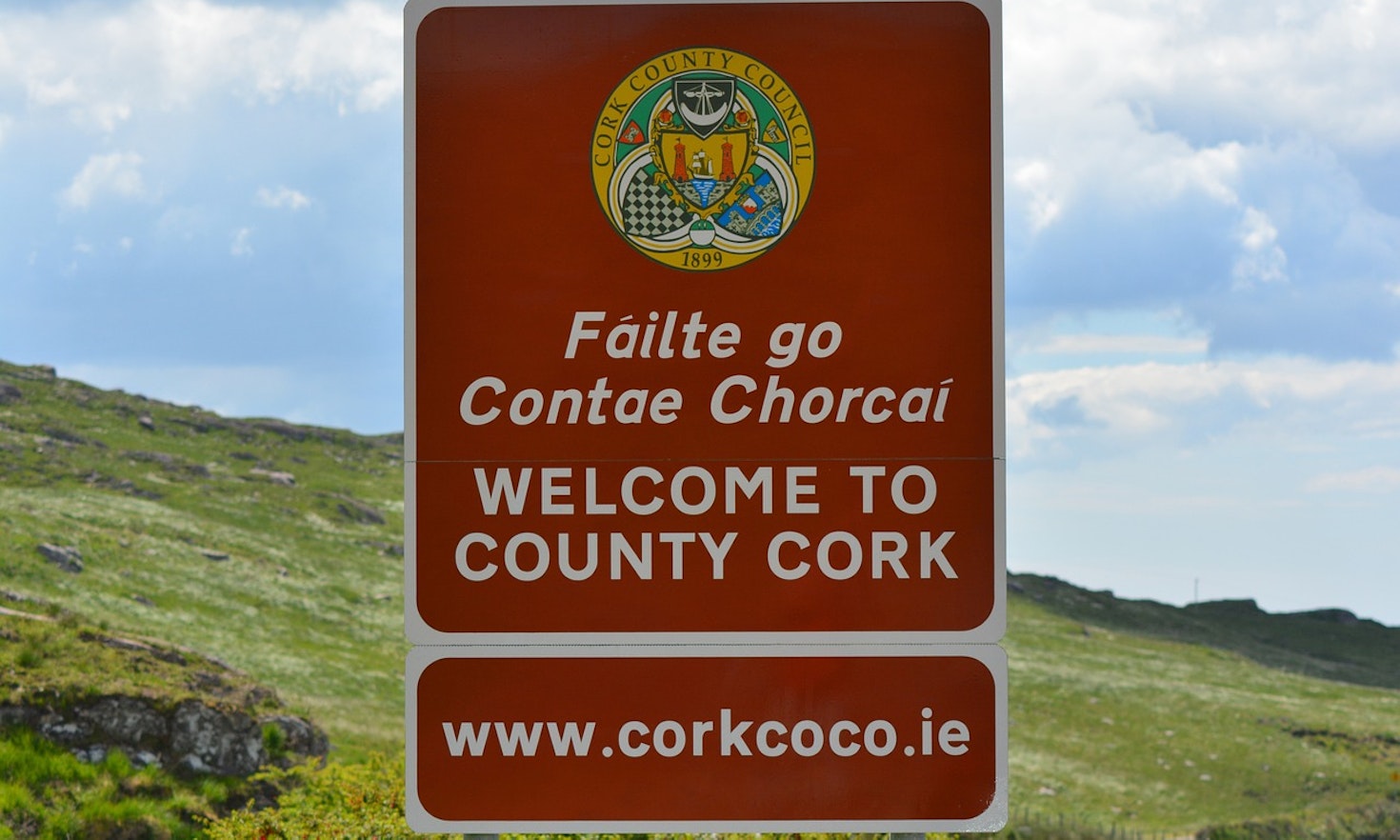
Wie viele Übersetzer braucht es, um eine Glühbirne zu wechseln?
 Marlies Alber
Marlies Alber
Different authors and different language communities seem to prefer either term. But is there a difference in meaning? As is often the case, it is a matter of nuances and context.
It is hard to define ‘minority language’ when there is no consensus in the literature on what constitutes a ‘minority’. Generally, the definitions of ‘minority’ combine some out of five elements:
Numbers: a minority is a group that is smaller in relation to another group. It is not a matter of absolute numbers but of numerical strength in comparison to others. For example, Catalan speakers in Spain are a minority, but they number about nine million.
Specific traits: a minority generally has a specific ethnicity, religion, language and/or culture that are different from those of the majority.
Dominance: numbers may not be sufficient to define a minority. In some contexts, a small religious, ethnic or linguistic community may be the dominant group within a country (e.g. in former colonial contexts). Therefore, some definitions require an element of subordination or ‘minoritisation’.
Own will to protect and/or strengthen the minority’s specific traits. Identifying with a minority is an act of free will. Some groups may have no claims in relation to the protection or promotion of their specific traits.
Citizenship: this defining element is frequent in legal definitions. By applying it as a distinctive criterion, minorities with a long settlement history in a given area end up being granted a different level of protection than recently migrated groups. However, several legal scholars refuse to accept that basic rights be linked to citizenship.
A well-known definition by a UN sub-commission dates back to the 1970s. A minority is a “group numerically inferior to the rest of the population of a State, in a non-dominant position, whose members – being nationals of the State – possess ethnic, religious or linguistic characteristics differing from the rest of the population and show, if only implicitly, a sense of solidarity, directed towards preserving their culture, traditions, religion or language”. Here we find four of the defining elements mentioned above. Many definitions of ‘minority language’ are equally based on these elements (see e.g. ECRML, Art. 1). Again, no definition is universally accepted.
Some scholars prefer the term ‘minoritised language’ to emphasise the aspect of disempowerment and of subordination to those who speak the national language. The idea of a national language is relatively recent and connected to the emergence of modern nation states. Hence derives the constructed ‘otherness’ of minority language groups. Their minoritisation is neither inherent nor forever fixed and is due to political and social dynamics across space and time. Perhaps they once were majority, perhaps their language was proscribed or is simply not used in all contexts in which a national language is used. The term ‘minoritised’ language can sometimes also be applied to languages spoken by the larger part of the population. For example, a number of languages in Africa are de facto languages of the majority but they are considered less prestigious and have more limited functions than the colonial languages .
Summing up, we can say that according to what aspects are deemed more important from a theoretical or political point of view, some authors and language communities will tend to use either term. However, choosing to use ‘minoritised’ puts a clear accent on the aspect of subordination to other groups (dominance).

This content is licensed under a Creative Commons Attribution 4.0 International license.

 Marlies Alber
Marlies Alber
 Paolo Brasolin
Paolo Brasolin
 Andrea Renee Leone Pizzighella
Andrea Renee Leone Pizzighella